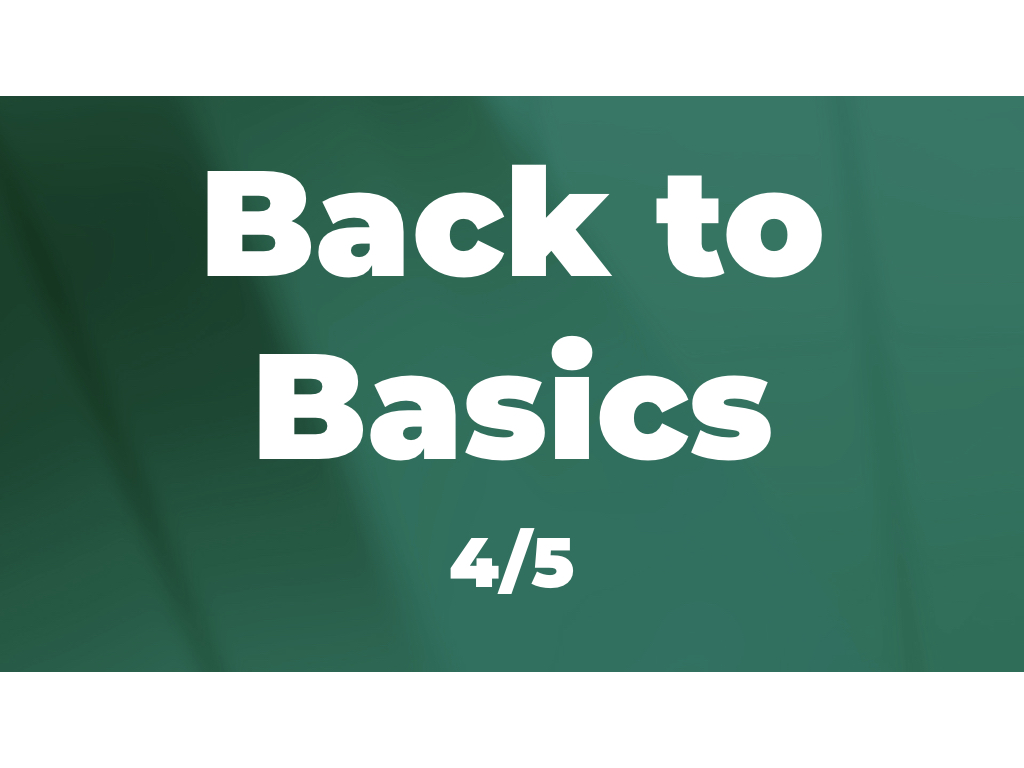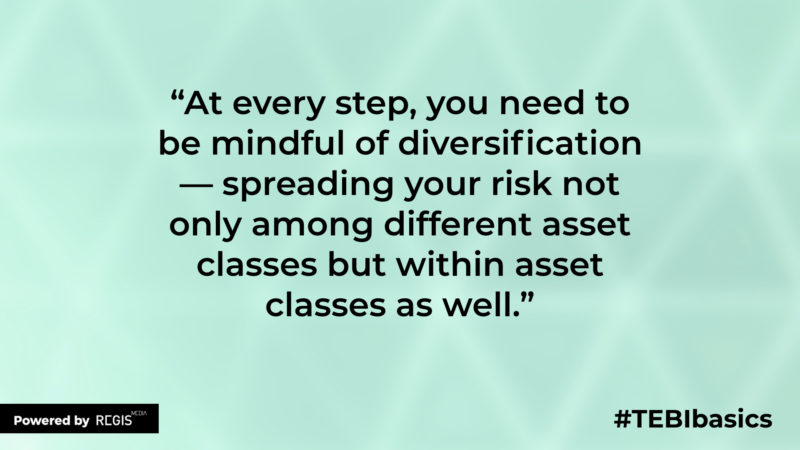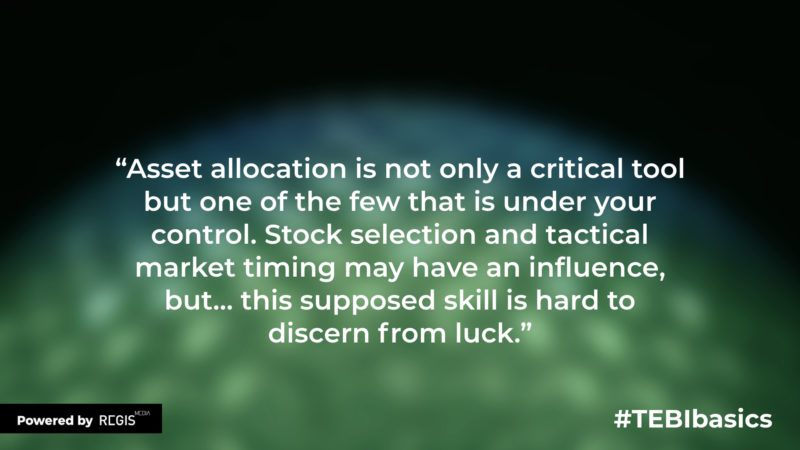
So we’ve looked at how to grow your wealth and how to protect it. The next question to ask is, how do you choose an investment strategy?
The background
People new to investing will often ask what the perfect portfolio should be. The simple answer to that question is there is no single portfolio that is right for everybody. There are literally infinite possibilities.
The reason is that people are different. The shape of your portfolio can depend on a host of factors, including your age, risk appetite, job, investment horizon, family circumstances, health, values and other preferences.
Ultimately, the best portfolio is the one that is most likely to get you to your desired destination and which you can live with along the way. Designing a portfolio that’s right for you is best done by a professional who understands you and can help you stay disciplined.
The overwhelming driver of your portfolio’s returns is what is known as the asset allocation. This means choosing how you divide your portfolio among different asset classes like stocks, bonds, property and cash. By the way, an asset class is a way of categorising investments with different characteristics in terms of risk and return.
Your asset allocation depends on things like your age, time horizon and risk tolerance. If you’re a year away from retirement, for instance, with lots of financial capital but less human capital (earnings from your work) left, you may have far less allocated to shares than to high quality government bonds. Conversely, if you’re young and just starting out, you have little financial capital but lots of working and saving years ahead. So, you can afford to take more risk.
But it is never quite as simple as that. There are a series of decisions to be made in deciding on your asset allocation. What’s more, it’s something you need to review regularly – based on how markets change over time and how your own needs and circumstances evolve.
The detail
Step One: The first decision you need to make in structuring your investment strategy is what is known as the “growth-defensive” split. This refers to how much of your portfolio you allocate to assets like shares and property that are aimed at growing your wealth, and to defensive assets like bonds and cash that are aimed at protecting it.
Typically, a person in their 20s might have 90% or more of their portfolio in growth assets, while someone close to or in retirement might have as little as 10%. Again, though, it depends on many other variables. Someone approaching retirement with an insufficient balance may be happy to take more growth exposure.
Step Two: Once you’ve decided on your growth-defensive split, you can decide how you want to allocate broad asset classes in those categories.
On the defensive side, how much do you want to cash versus fixed interest? On the growth side, how much do you want to allocate to property? And within equities, how much do you want to apportion to domestic shares versus international shares, and within international how much to developed and emerging markets?
By the way, emerging markets — like Russia and China — are a distinct asset class in that they behave differently to share markets in developed economies. They offer higher expected returns, but they are also riskier. They have a place in a diversified portfolio. The extent will depend on each person’s risk appetite and goals.
Step Three: The third step is about how you allocate to the sub-asset classes. So, how much do you want to be exposed to large company versus small company shares, to value shares versus growth shares? Within fixed interest, how much credit risk are you prepared to take and how much term? In judging these things, it is best to consider the impact on your overall portfolio, not on one particular asset.
At every step, you need to be mindful of diversification — spreading your risk not only among different asset classes but within asset classes as well.

But even once you decided your asset allocation, you don’t just put your portfolio in a drawer and forget about it. That’s for two reasons. Firstly, investments change over time. Some grow faster than others. The second reason is that you are changing, getting older and closer (or perhaps further away) from your desired goal.
This is where rebalancing comes in. That means bringing your asset allocation back to your original plan. So, if you opted for a growth/defensive split of 50/50 and shares do well over the next year, your portfolio may now be 60/40. That may be more risk than you are happy to take, so you can take money off the table in growth and reinvest it in defensive. The point about this process is it is disciplined and scheduled, not a knee-jerk response to external events.
The evidence
There is broad agreement among academics that asset allocation is the most important decision you will make as an investor, more important than which stocks to buy or timing the market. The disagreement is around the exact size of the impact.
The most commonly cited academic paper is one from 1986 by Gary Brinson, Randolph Hood and Gilbert Beebower which concluded that asset allocation explained 93.6% of the variation in a portfolio’s quarterly returns. This was later revised to 91.7%.
In 1997, a paper by William Jahnke questioned the Brinson-Hood-Beebower findings, saying what mattered most to investors was not so much the variation in returns from quarter to quarter but the actual size of them.
A third view, as expressed by Robert Ibbotson and others in a paper released in 2000, is that the degree of influence of asset allocation depends on how you ask the question.
For the lay investor, all that matters here is that asset allocation is not only a critical tool but one of the few that is under your control. Stock selection and tactical market timing may have an influence, but as we have seen this supposed skill is hard to discern from luck.

Next time: Maintaining discipline
Also in this series:
Part 1: Starting with evidence
Part 3: Protecting your wealth
Looking for a financial planner with an evidence-based investment philosophy? We may be able to help you. Click here for more details.
This content, and indeed all of the content you will find on The Evidence-Based Investor, is for informational, entertainment or educational purposes only and should not be construed as investment advice. While the information provided is believed to be accurate, it may include errors or inaccuracies.
COPYRIGHT
Regis Media owns the copyright to all of TEBI’s content, and republishing any of it without permission is strictly prohibited. We will take appropriate action in the event of any infringements.
Financial advisers may wish to note that we allow selected firms to use our investor education content under licence, and that we also produce original and customised articles and videos. Visit our website for further information.









